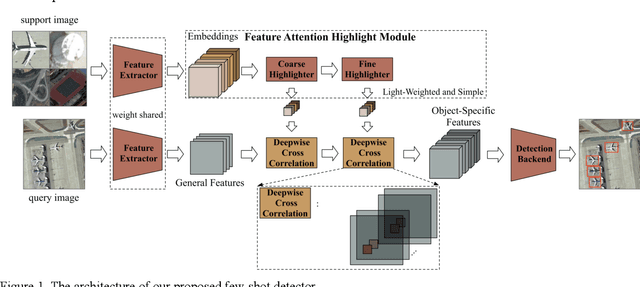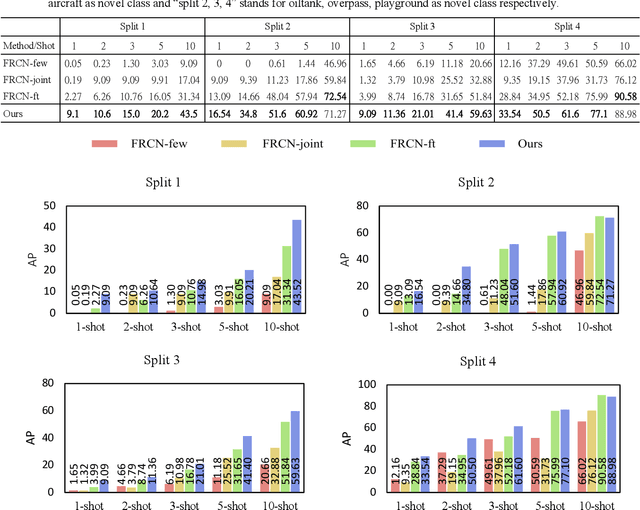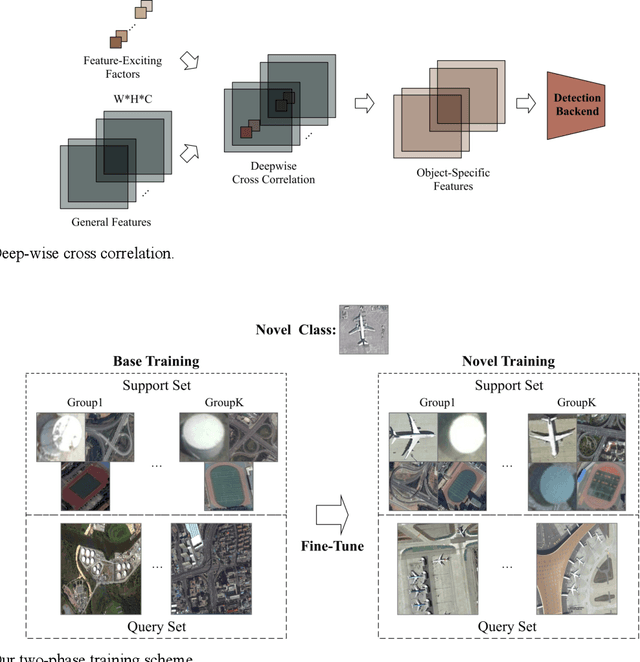Yuan Quan
Online Resource Management for the Uplink of Wideband Hybrid Beamforming System
Feb 23, 2025



Abstract:This paper studies the radio resource management (RRM) for the uplink (UL) of a cellular system with codebook-based hybrid beamforming. We consider the often neglected but highly practical multi-channel case with fewer radio frequency chains in the base station than user equipment (UEs) in the cell, assuming one RF chain per UE. As for any UL RRM, a per-time slot solution is needed as the allocation of power to subchannels by a UE can only be done once it knows which subchannels it has been allocated. The RRM in this system comprises beam selection, user selection and power allocation, three steps that are intricately coupled and we will show that the order in which they are performed does impact performance and so does the amount of coupling that we take into account. Specifically, we propose 4 online sequential solutions with different orders in which the steps are called and of different complexities, i.e., different levels of coupling between the steps. Our extensive numerical campaign for a mmWave system shows how a well-designed heuristic that takes some level of couplings between the steps can make the performance exceedingly better than a benchmark.
Heterogeneous Causal Metapath Graph Neural Network for Gene-Microbe-Disease Association Prediction
Jun 27, 2024Abstract:The recent focus on microbes in human medicine highlights their potential role in the genetic framework of diseases. To decode the complex interactions among genes, microbes, and diseases, computational predictions of gene-microbe-disease (GMD) associations are crucial. Existing methods primarily address gene-disease and microbe-disease associations, but the more intricate triple-wise GMD associations remain less explored. In this paper, we propose a Heterogeneous Causal Metapath Graph Neural Network (HCMGNN) to predict GMD associations. HCMGNN constructs a heterogeneous graph linking genes, microbes, and diseases through their pairwise associations, and utilizes six predefined causal metapaths to extract directed causal subgraphs, which facilitate the multi-view analysis of causal relations among three entity types. Within each subgraph, we employ a causal semantic sharing message passing network for node representation learning, coupled with an attentive fusion method to integrate these representations for predicting GMD associations. Our extensive experiments show that HCMGNN effectively predicts GMD associations and addresses association sparsity issue by enhancing the graph's semantics and structure.
Few-shot Object Detection with Feature Attention Highlight Module in Remote Sensing Images
Sep 03, 2020



Abstract:In recent years, there are many applications of object detection in remote sensing field, which demands a great number of labeled data. However, in many cases, data is extremely rare. In this paper, we proposed a few-shot object detector which is designed for detecting novel objects based on only a few examples. Through fully leveraging labeled base classes, our model that is composed of a feature-extractor, a feature attention highlight module as well as a two-stage detection backend can quickly adapt to novel classes. The pre-trained feature extractor whose parameters are shared produces general features. While the feature attention highlight module is designed to be light-weighted and simple in order to fit the few-shot cases. Although it is simple, the information provided by it in a serial way is helpful to make the general features to be specific for few-shot objects. Then the object-specific features are delivered to the two-stage detection backend for the detection results. The experiments demonstrate the effectiveness of the proposed method for few-shot cases.
 Add to Chrome
Add to Chrome Add to Firefox
Add to Firefox Add to Edge
Add to Edge